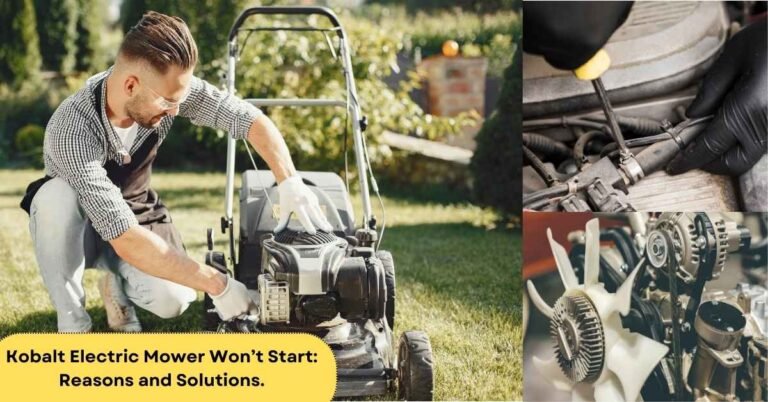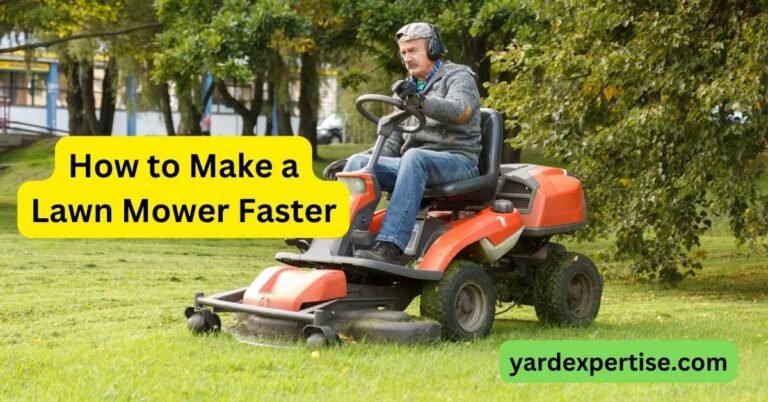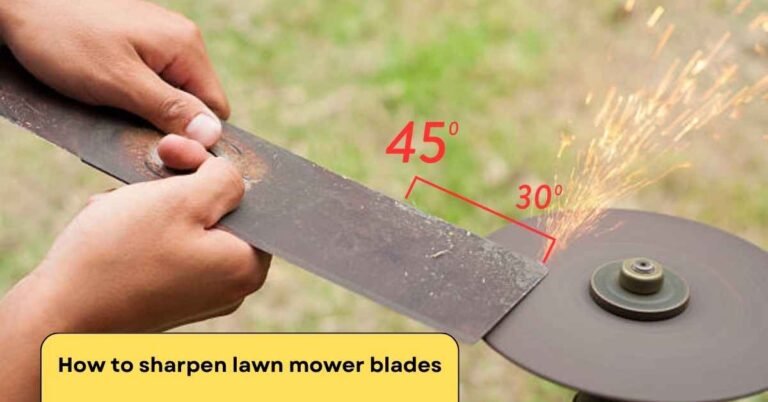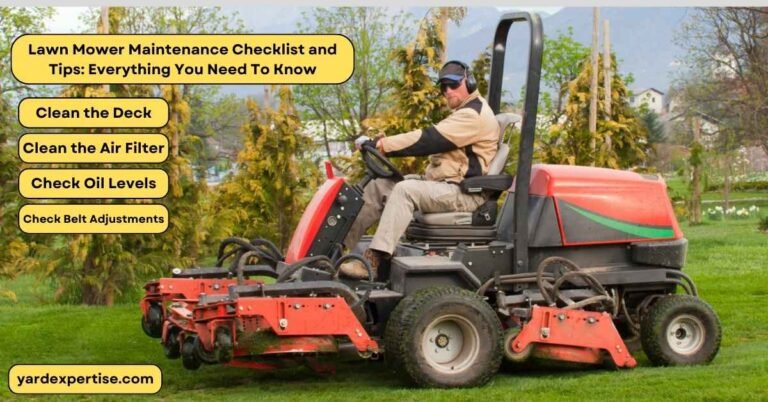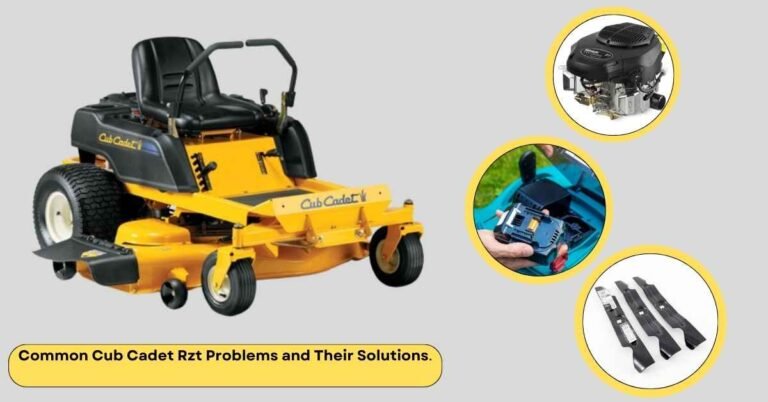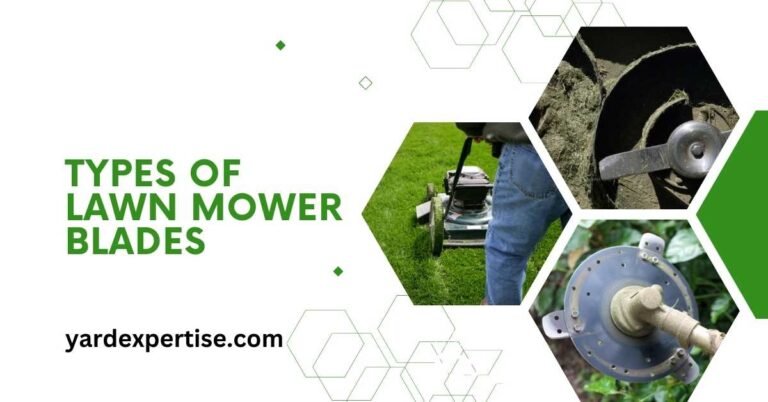Hydrostatic Lawn Mower Moves Slow in Reverse: Causes and Solutions
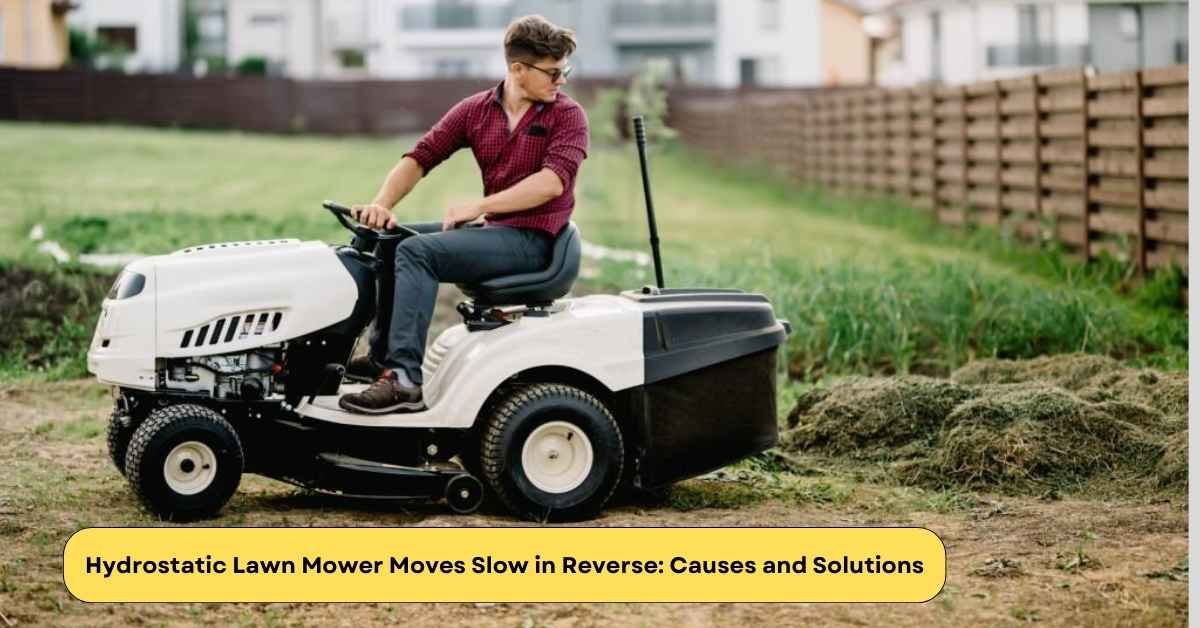
Zero turn lawn mowers utilize the hydrostatic transmission system to ensure that the whole vehicle can smoothly turn on a whim. There are five types of drive gear systems such as gear, friction disk, automatic, CVT, and hydrostatic. Zero turn mowers use a hydrostatic system because it provides unlimited speed variation in both forward and reverse and enables the user to turn smoothly.
Although this type of hydrostatic transmission system has become quite common among zero turn mowers of various brands, they can run into issues like moving slowly in reverse. This issue is not only troublesome for the user as it ruins smooth operation but it can also cause serious damage to the internal parts if not taken care of early.
Hydrostatic lawn mowers can suffer from this issue of moving slowly in reverse for faults in one or several parts of the mower. The most common reasons why this problem arises are low power output, transmission fluid issues, damaged belt, pump issues, wheel slippage, faulty reverse padel, wear and tear, and so on.
By following the proper methods of troubleshooting and maintaining safety procedures, you can easily identify the root causes and solve the issue of lawn mowers moving slowly in reverse easily in no time.
What Causes Hydrostatic Lawn Mowers to Move Slow in Reverse?
Lots of different components function together to move a mower in the reverse position and fault in any of these parts can cause it to move slowly in reverse. The most probable causes and their solutions are discussed below.
Low Power Output
Low power output means that the engine or the drive belt is not outputting enough power to the transmission system when it is in reverse and causing the issue of the mower reversing slower than expected. A number of issues can cause low power output such as having a dirty or faulty spark plug, cutting taller grass, debris accumulating around the blades or deck, air filters being clogged up.
Make sure that the spark plug is in good condition and is getting power properly from the connection point. You should also make sure that the electrodes are functioning properly and there is no carbon build up around the electrodes. Also make sure that the gap between the electrodes has not become too widened or narrow.
Put your deck settings on high if you need to trim tall grass. Also make sure that the air filters and the fuel filters are not clogged. Change the filters entirely if they become too dirty and clogged.
Clean the underside of your deck and around the blades thoroughly before you take out the mower for a spin. Debris accumulation around the deck and the blade can cause loss of power and can also cause damages to the entire machine.
Transmission Issues
Transmission issues usually stem from problems in the transmission fluid or the gears getting worn out. Transmission system remains submerged in the transmission fluid which helps to keep the gears from rusting or from getting damaged and it also ensures that the gears function smoothly.
The most common problem is air bubbles getting trapped in the transmission fluid which causes the issue called cavitation. You will need to purge your transmission to solve this problem. The steps of purging your transmission system to remove the trapped air inside it are discussed below.
Step 1: Place the rear of the mower safely on a level surface with the engine off and the parking brake set.
Step 2: Disengage transmission by placing freewheel control, located at the back of the frame, in the freewheeling position. In the mowers with separate pumps and wheel motors, the freewheel is activated by turning the bypass valves, one on each pump, two full turns. The oil reservoir needs to be filled to the specifications listed in the owner’s manual before starting the purge procedure.
Step 3: Sit in the rider seat, start the engine, move the throttle control to slow position. With motion control levers in neutral position, slowly disengage the clutch/brake pedal.
Step 4: Move motion control levers to full forward position and hold for five seconds. Move levers to full reverse position and hold for five seconds. Repeat this procedure three times.
Step 5: Move motion control levers to neutral position. Shut off the engine and set the parking brake. Check and add oil as needed to fill the oil reservoir.
Step 6: Engage transmission by placing freewheel control into driving position or by closing the bypass valves on the pumps.
Step 7: Sitting in the operator’s seat, start the engine, move throttle control to full speed. With motion control levers in neutral position, slowly disengage the clutch/brake pedal.
Step 8: Slowly move motion control levers forward. After the tractor moves approximately five feet, slowly move motion control levers to reverse position. After the mower moves approximately five feet, return the motion control levers to the neutral position. Repeat this procedure with the motion control levers three times.
Your mower is now purged and ready for normal operation.
Worn or Damaged Drive Belt
Another common reason for the mower moving slower than usual is worn out or damaged drive belts. Drive belts operate under a lot of stress and friction which make it lose traction over time and usage. Change the drive belt to resolve this issue.
Hydraulic Pump Issues
Hydraulic pump issues such as external leaks, low pressure, and high temperature can also cause the mower to move slower than usual in reverse. Hydraulic pump issues are difficult to solve on your own and you might need to take the mower to a workshop.
Wheel Slippage
Wheel slippage means that the wheels on the mower are failing to have proper traction on the soil during operation. Change the wheels if they slip frequently.
Faulty Reverse Pedal or Linkage
The hinge on which the reverse pedal rotates can get worn out or break over time and usage. Repair or replace the reverse pedal and the linkage if it is causing the issue.
Wear and Tear
Parts wear out with time and usage so check all the parts regularly for defects and repair and replace them so that they do not cause any issue like slow reverse. Keep all the external and the internal parts of the mower clean to avoid rusting and further wear and tear.
How to Prevent Hydrostatic Lawn Mowers from Moving Slow in Reverse?
You can prevent hydrostatic lawn mowers from moving slowly in reverse by routinely cleaning and maintenance. Keep the blade and the underside of the mowing deck neat and clean. Clean the dust, debris, grass clippings, and dirt that accumulates around the blade and under the deck.
Always check and make sure that the drive belts are fully operational and they have not lost traction. Cut grass on a high deck setting if the grass is too long. Use quality transmission fluid and purge the system if any air bubble gets trapped in the system. Always make sure that the reverse paddle is functioning properly before taking the mower out for a spin.
Is the Hydrostatic Lawn Mower Easy to Operate?
Yes, hydrostatic lawn mowers are considerably easier to operate than mowers that use other methods such as gear, friction disk, automatic, and CVT because the transmission fluid keeps all the internal parts protected from dust, dirt, and debris and keeps it away from rusting. It also helps the user to turn on a whim more smoothly.
Can You Speed up a Hydrostatic Lawn Mower?
You can speed up a hydrostatic lawn mower by switching the pulleys with bigger pulleys and by using bigger wheels.
